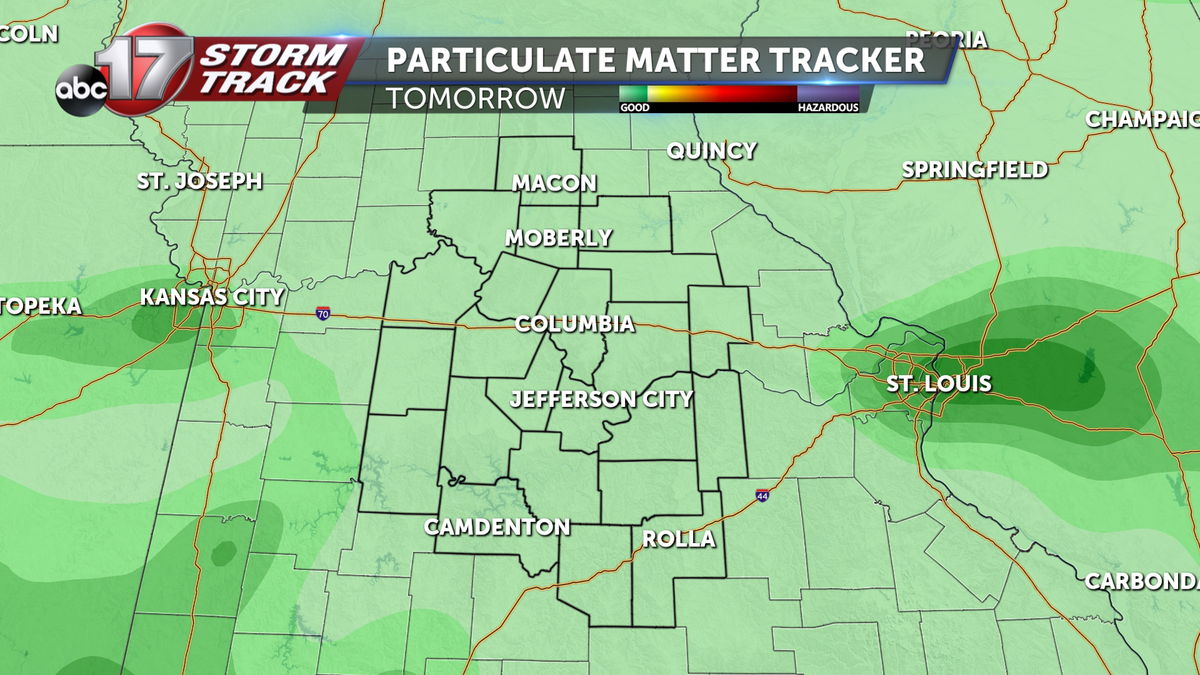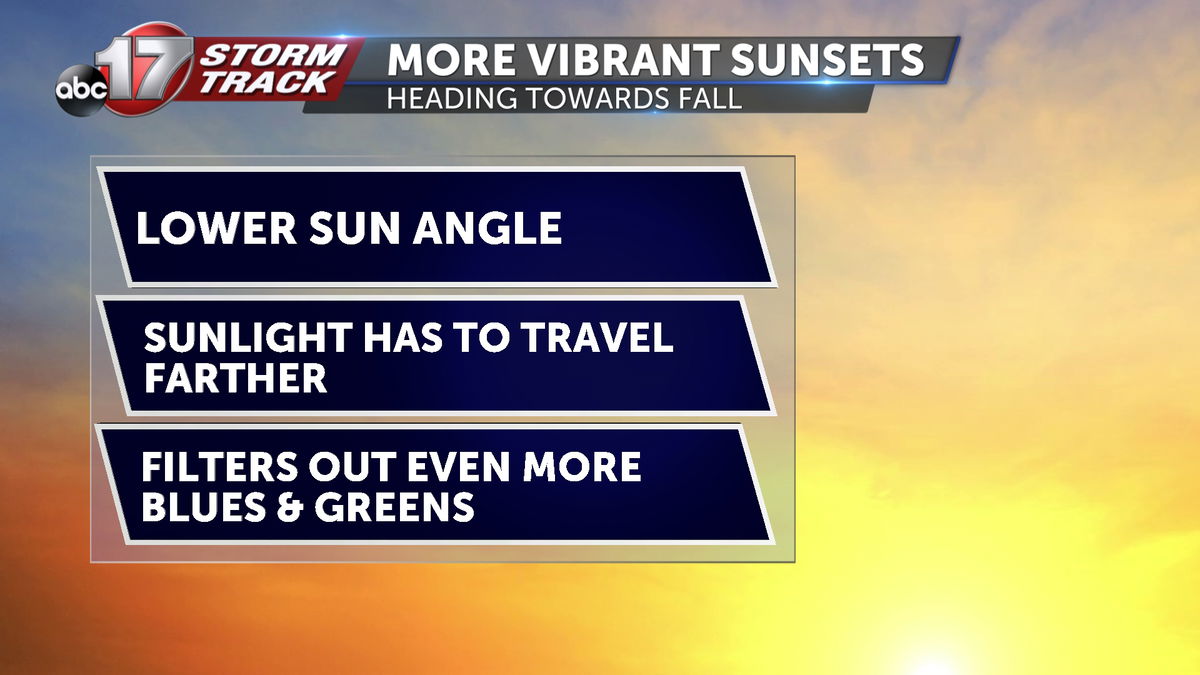The science behind vibrant sunsets
Each evening brings the opportunity for vibrant orange and red hues to be reflected upon the afternoon skies. There is a bunch of factors that determine the colors seen throughout our atmosphere.

To understand these factors, one must start with why the skies changes colors during the day. It has to do with the suns position overhead. At noon, the sun is more directly positioned overhead leading to the light having to pass through less of the atmosphere. The atmosphere works to scatter different wavelengths of light each day. When you increase the amount of atmosphere the sun has to pass through, the amount of scattering increases leading to less white and blue colors being seen by the human eyes.
During the later portions of the evening and early portions of the morning, the suns position in respect to where someone stands remains lower meaning there is more atmosphere for the light to pass through.

The air quality plays a large factor in vibrant sunsets. The cleaner the air, the less particulates there are to filter out the light more selectively. Poor air quality can result in less sharp colors, effectively dulling the sunset.

Cloud cover also can improve or worsen sunset views. With no cloud cover, there will be more blue or violent colors seen in the sky. The red and orange hues seen in the lower levels of the atmosphere have nothing to reflect off of.

Mid-level clouds such as alto cumulus clouds, act as a screen for a projector. It is able to capture and display the red hues at the base. Without the clouds, these red hues would continue to shoot through the atmosphere above surface levels.

Sunsets improve as we head closer to fall and winter since the sun is further away meaning there is more atmosphere to filter the blue wavelengths out.
